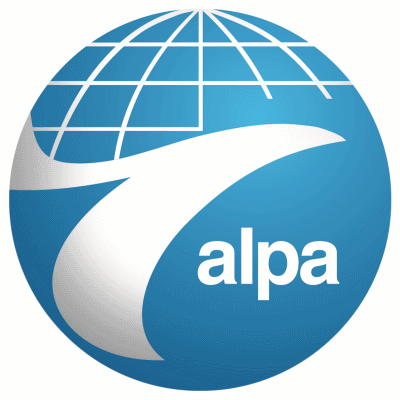Sun, May 15, 2022
Outlines Measures to Foster an Accessible, Diverse, and Inclusive Pilot Workforce
Testifying Friday before the Senate Commerce, Science, and Transportation’s Aviation Safety Subcommittee, the Air Line Pilots Association, Int’l (ALPA) outlined a plan to reduce the costs of becoming an airline pilot and create a more diverse and inclusive air transportation workforce while ensuring that the United States continues to stand as the unquestioned global leader in aviation safety.

“Thanks to the Payroll Support Program and its strong worker protections, the United States has enough pilots today to meet demand—in fact, more than 1.5 pilots for every job,” said First Officer Paul Ryder, secretary for ALPA’s United Airlines pilot group. “But today’s supply of pilots doesn’t mean that we don’t need to do all we can to build a strong pilot workforce for the future. ALPA has a plan to break down those barriers, create opportunity, and build a strong pipeline of qualified aviators, while protecting the high level of safety in the U.S. air transportation system. Some argue that we must lower standards to open the doors of opportunity—we flatly reject that.”
During the field hearing called by Sen. Kyrsten Sinema (D-AZ), ALPA reiterated steps needed to ensure that the nation’s pilot pipeline remains robust and is welcoming to all, particularly to those who have traditionally been underrepresented in the profession. To help aspiring aviators, ALPA is calling on the U.S. government to align federal funding for pilot academic education and training with that of other highly skilled professions.
ALPA asserts that the government:
- Must do more to provide federal financial assistance for academic instruction and flight training for students pursuing two- and four-year degrees.
- Should provide an opportunity for pilots to work for airlines that serve the public need in exchange for student loan forgiveness.
- Should also increase subsidized loans for flight training and ensure that unsubsidized loans do not accrue interest while students are in school.
“As the United States works to expand its pilot workforce, it must protect our industry’s extraordinary safety record. The success of first officer qualification requirements and pilot training that were developed by the regulator, airlines, and labor have helped make U.S. air transportation the safest in the world. Some suggest we must choose between safety and opportunity. That is a false choice,” added Ryder.
More News
Terminal Radar Service Area Airspace surrounding designated airports wherein ATC provides radar vectoring, sequencing, and separation on a full-time basis for all IFR and participa>[...]
Aero Linx: Utah Back Country Pilots Association (UBCP) Through the sharing experiences, the UBCP has built upon a foundation of safe operating practices in some of the most challen>[...]
From 2010 (YouTube Edition): Imagine... Be The Change... Inspire FROM 2010: One of the more unusual phone calls I have ever received occurred a few years ago... from Anousheh Ansar>[...]
(Pilot) Felt A Shudder And Heard The Engine Sounding Differently, Followed By The Engine Chip Detector Light On April 14, 2025, about 1800 Pacific daylight time, a Bell 206B, N1667>[...]
Also: AMA Names Tyler Dobbs, More Falcon 9 Ops, Firefly Launch Unsuccessful, Autonomous F-16s The Air Force has begun ground testing a future uncrewed jet design in a milestone tow>[...]
 ANN's Daily Aero-Term (05.07.25): Terminal Radar Service Area
ANN's Daily Aero-Term (05.07.25): Terminal Radar Service Area ANN's Daily Aero-Linx (05.07.25)
ANN's Daily Aero-Linx (05.07.25) Classic Aero-TV: Anousheh Ansari -- The Woman Behind The Prize
Classic Aero-TV: Anousheh Ansari -- The Woman Behind The Prize NTSB Prelim: Bell 206B
NTSB Prelim: Bell 206B Airborne-NextGen 05.06.25: AF Uncrewed Fighters, Drones v Planes, Joby Crew Test
Airborne-NextGen 05.06.25: AF Uncrewed Fighters, Drones v Planes, Joby Crew Test



